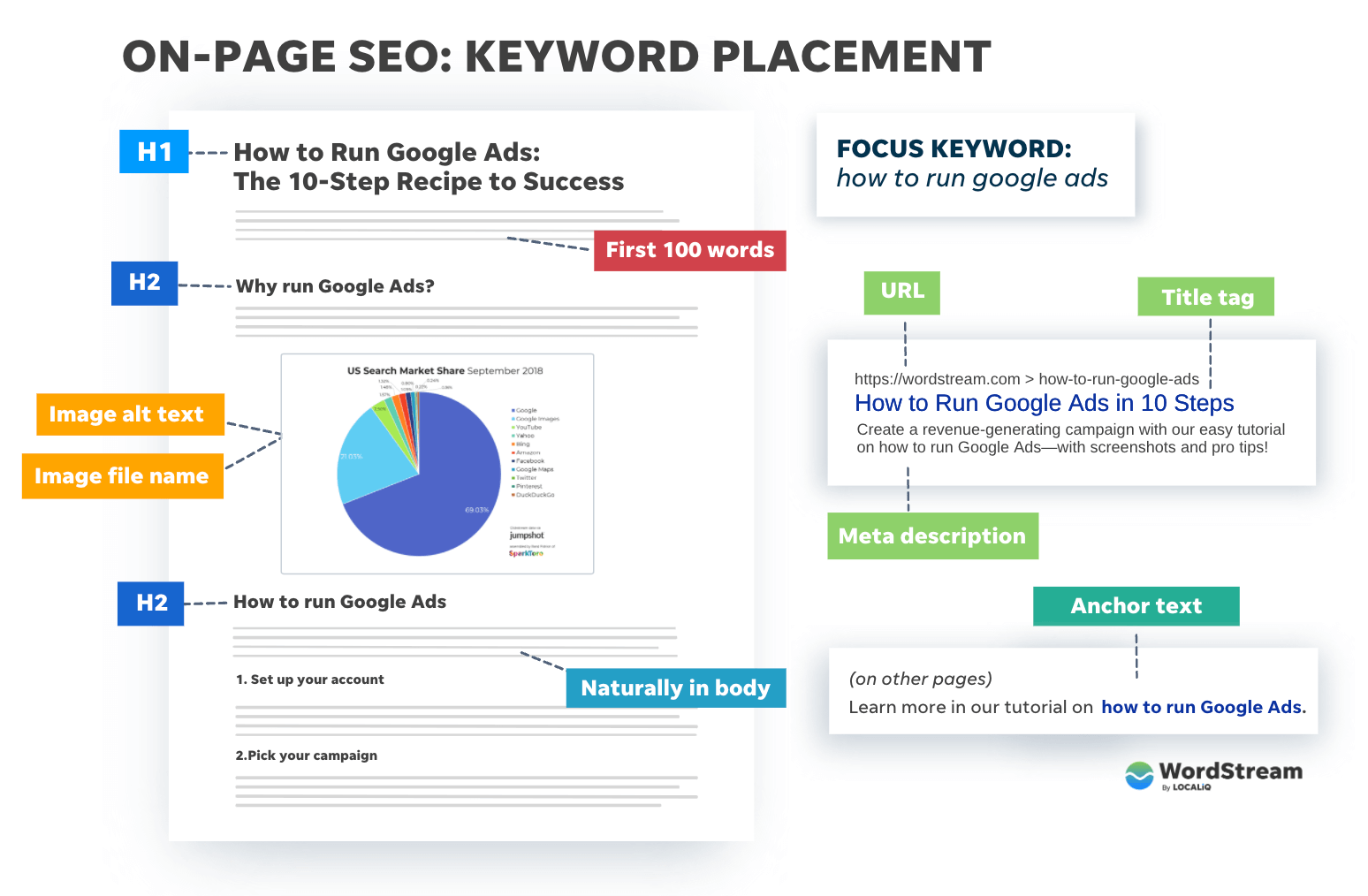Demystifying Secondary Dimensions in Google Analytics: Interpretation and Practical Applications
Wiki Article
Introducing the Effect of Additional Dimension in Google Analytics on Information Evaluation and Insights
In the realm of data analytics, the usage of second dimensions within Google Analytics has become a critical tool for extracting deeper insights and unraveling facility patterns that may or else remain obscured. By peeling off back the layers of primary data collections, additional dimensions provide a nuanced perspective that enhances the understanding of customer actions, website performance, and the performance of advertising and marketing methods. The real impact and untapped potential of secondary dimensions are typically taken too lightly, outweighed by the appeal of main metrics. As we browse via the detailed landscape of data analysis, the importance of additional dimensions ends up being significantly evident, clarifying critical details that hold the key to informed decision-making and strategic optimizations.Checking Out the Concept of Secondary Measurements
Additional measurements in Google Analytics supply additional insights by enabling individuals to analyze key information in combination with a secondary characteristic. By incorporating additional dimensions, customers can dig deeper into the information and reveal valuable connections that may otherwise go unnoticed - what is a secondary dimension in google analytics.Comprehending the principle of secondary dimensions is essential for making best use of the possibility of Google Analytics. It enables users to section information effectively, determine patterns, and make notified decisions based upon a more complete photo of their analytics data. By checking out the different additional measurements readily available in Google Analytics, customers can open new insights and maximize their digital marketing initiatives. Basically, secondary dimensions act as a powerful tool for boosting data evaluation and driving workable results.
Enhancing Information Analysis With Secondary Dimensions
Having established the foundational understanding of second dimensions in Google Analytics and their essential role in data analysis, the focus currently changes towards leveraging these secondary credit to boost the interpretation of analytics information (what is a secondary dimension in google analytics). By incorporating second measurements right into data evaluation, analysts can acquire much deeper insights right into individual behavior, web site efficiency, and advertising and marketing effectiveness

In addition, additional dimensions assist in contextualizing key data metrics by offering additional layers of info. This contextualization aids in understanding the 'why' behind the information trends, assisting analysts make notified choices and optimizations to boost total efficiency. Inevitably, integrating second measurements enriches the information interpretation procedure, bring about more calculated activities and meaningful insights.
Revealing Hidden Insights With Additional Measurements
Exploring the midsts of analytics information with second dimensions reveals valuable understandings that would certainly or else remain covered. By integrating secondary measurements in Google Analytics, services can discover surprise patterns, trends, and connections that provide an even more thorough understanding of customer habits and internet site efficiency. These added layers of information enable experts to delve deeper into the primary dimensions, such as traffic resources or landing web pages, and gain a more nuanced point of view on just how various variables communicate with each various other.Via making use of secondary dimensions, experts can sector and contrast information across different dimensions, enabling them to recognize details elements that affect individual involvement, conversion rates, and general success metrics. For instance, by combining the main dimension of 'device group' with the second measurement of 'age team,' marketers can determine which age demographics prefer accessing the web site via mobile devices versus desktop computers. This level of granularity equips businesses to make data-driven choices and enhance their approaches for much view website better results. Eventually, discovering covert insights via additional measurements enhances the deepness and accuracy of information analysis, bring about more educated decision-making and improved performance outcomes.
Leveraging Second Measurements for Actionable Analytics
Building upon the understandings introduced through secondary measurements in Google Analytics, services can now harness this enriched data landscape to drive workable analytics and critical decision-making. By leveraging second dimensions, companies can dive much deeper into their data to draw out beneficial patterns, fads, and correlations that may have previously gone undetected. This deeper degree of evaluation makes it possible for organizations to get an extra thorough understanding of user behavior, campaign performance, and overall web site efficiency.One secret benefit of using second measurements for actionable analytics is the capability to section information based on details standards. This division allows companies to customize their strategies and campaigns to various audience groups, causing extra targeted and efficient marketing efforts - what is a secondary dimension in google analytics. In addition, secondary dimensions supply an even more alternative view of individual communications, making it possible for companies to enhance their web site web content, layout, and overall individual experience
Maximizing Decision-Making With Additional Dimensions
To boost calculated decision-making in analytics, leveraging second measurements in Google Analytics can supply a much more nuanced point of view on individual behavior and project efficiency. By integrating second dimensions right into data evaluation, companies can delve deeper right into the specifics of their internet site visitors' interactions and interaction patterns. This added layer of details permits a more detailed understanding of just how different variables, such as demographics, devices, or web traffic resources, effect vital performance indications.
Final Thought
helpful hints Finally, the use of additional measurements in Google Analytics plays an essential duty in improving information evaluation and revealing covert insights. By discovering this principle, one can gain a deeper understanding of customer actions and make informed decisions based on actionable analytics. Leveraging second dimensions permits a more extensive interpretation of data and optimizes the efficiency of decision-making procedures.
Report this wiki page